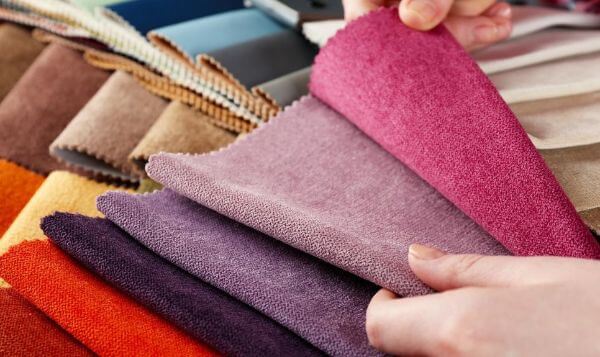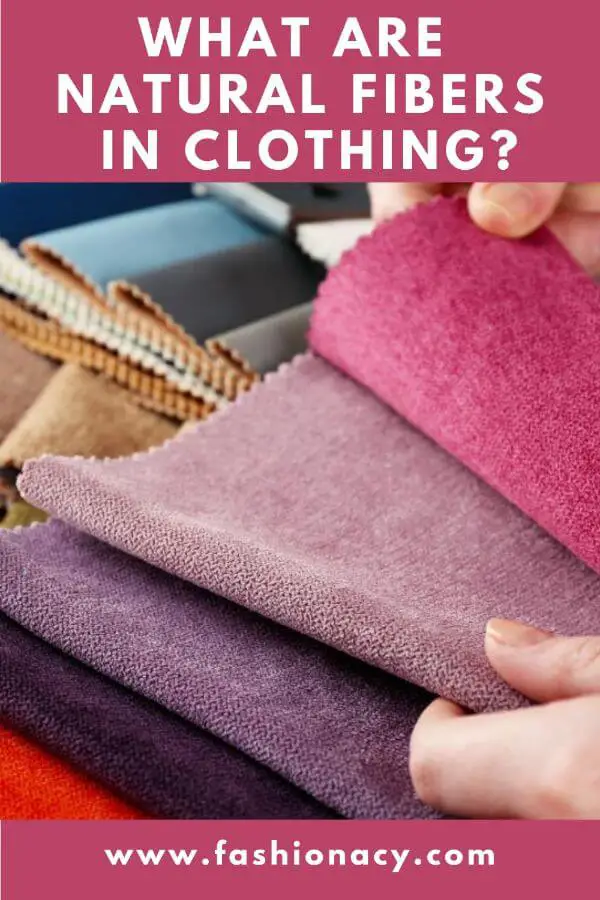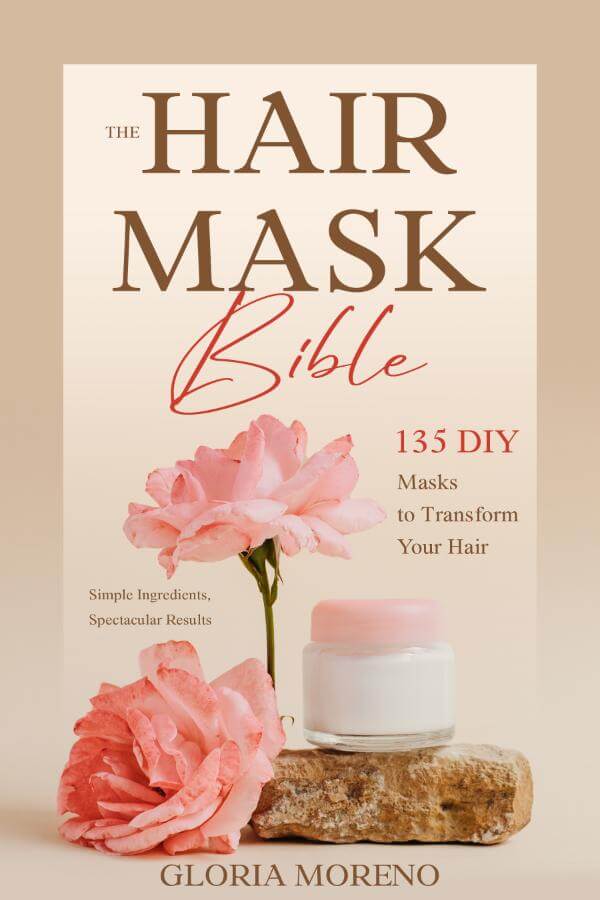
In this article, I’ll discuss the various kinds of natural fibers.
I’ll go through the synthetic ones in the next article. You’ll notice how different they appear and feel.
Let’s find out what are natural fibers in clothing. As well as their pros and cons.
Cotton
You might think that cotton is readily available in nature, but once you have the raw material from the cotton plant, you still have a long way to go before you can manufacture a garment out of it.
Cotton is extremely abrasive, dirty, and full of little objects that must be removed. It must be cleaned, combed, and mercerized to make it more absorbent, so that it can absorb dyes much better later if dyeing is desired.
Cotton is a rough, unprocessed raw material. It must be treated in order to provide you with high-quality fabric. Cotton that hasn’t been properly treated yields a shoddy fabric.
It isn’t particularly shiny. It’s not especially drapey on the body, and it’s made of tougher fibers.
Because it isn’t particularly stable, it requires special attention. It shrinks over time when washed, yet it is an excellent absorbent.
By absorption, I mean absorbing moisture from the air around you or perspiration produced by your body.
Cotton excels at absorption, which is an important property in fabrics.
A woven mid-weight cotton is a little too heavy for a woman’s shirt, but because it’s heavy enough, it might be utilized for a bottom or a tailored cocktail dress.
The surface of a knitted very fine lightweight cotton fabric is exceptionally smoothed. Even though it’s quite lightweight, it’s knitted very tightly so you can’t see through it. That’s the best cotton you’ll find; it’s a fantastic fabric.
Linen
Linen is a natural material that is derived from the flax plant. It is more shiny, richer, and more resistant than cotton. The biggest disadvantage of linen is that it wrinkles a lot.
The folds will stay if you press it together for a few seconds. Sitting on your linen garments has the same effect. It’s all wrinkled in the back when you get up.
That linen fabric will come out totally folded and wrinkled if you wash it in a washing machine.
It will take some time to get it back into shape. Pull on it to restore its shape, then iron it.
That’s why a lot of clothes state “dry clean only.” That’s to avoid water and its wrinkling effect, which linen is notorious for.
However, linen fiber is completely washable. Cotton and linen were used to wrap mummies in ancient Egypt because these two fibers were stiff and absorbent at the time.
Wool
Wool is derived from the words “sheep hairs” or “lamb hairs.” Other animal hairs, such as “cashmere goats,” “Angora rabbit,” “camel hair,” and so on, are referred to as “specialty hairs,” not “wool.”
Wool is warm because the tiny hairs tangle and cross one other. Air is trapped between the hairs and warms up. When you touch it, it gives off a heather-like impression.
Wool performs even better when the air around you is wet, as it absorbs moisture and releases heat. As a result, it’s ideal for keeping the sheep warm.
The primary issue with wool is that it will shrink like no other fiber on the planet if you shake it when it’s wet and hot.
If the yarns aren’t of good quality, wool can pill.
It’s difficult to check for that while purchasing or before washing a sweater, for example.
If you see a sweater at a really low price, the wool is typically not very nice. However, there are also high-priced sweaters made of low-quality wool.
Unless the yarns have been brushed to make them particularly fluffy, small fibers sticking out of the main yarn can indicate that the yarn hasn’t been spun properly and may pill.
But it’s incredibly difficult to see. So, while you’re shopping online, read the reviews. Someone who bought a sweater and it pilled after only three washes will be enraged enough to leave a nasty review.
Wool, on the other hand, does not wrinkle, which is a pleasant feature when wearing it.
Silk
Little worms are responsible for the production of silk. They make filaments in the same way that spiders do, and those filaments are spun into yarns that are extraordinarily long, glossy, flexible, and pill-free.
Silk does not pill, and unlike wool, it does not form small balls on the surface.
The problem with silk is that it is quite expensive.
Raw silk is frequently woven, and the fibers haven’t been cleansed, so it has a little waxy feel. This isn’t something you see every day.
There is silk that has been cleaned and is more lustrous. One side has a brighter sheen than the other. That’s the side you display to the people.
When you say silk, most people think of silk satin. It has a wonderful texture. It has a drapey quality to it. However, sewing it is not an easy task.
Beginners should avoid using silk. Silk chiffon, on the other hand, is arguably the most difficult to sew. It’s exceedingly thin and transparent. If you go through it with the needle, it makes a hole, so you can’t make any mistakes.
Overview
We’ve had cotton, linen, wool, and silk so far. Linen is the most durable and absorbent fabric, yet it wrinkles horribly.
Silk folds beautifully and is incredibly drapey and fine, however it is extremely pricey and not particularly resistant.
Wool is the least wrinkled, but shrinks the most. Cotton is good, with a medium weight and a tendency to shrink.
Because none of those fibers are ideal, it may be incredibly frustrating.
Because there is always a flaw somewhere, we have two possibilities.
The first is to compensate for the shortcomings by combining natural and synthetic fibers, which is a common solution in the industry. Fabric combinations are one of my favorite things to do.
The second approach is to continue to explore natural fiber sources that can be used to manufacture high-quality fibers.
So let’s have a conversation about it.
Viscose
Viscose is a man-made material. Raw material is obtained from eucalyptus, pine, or bamboo. Then you transform that raw material into solid sheets of cellulose, which you can use to make yarns later.
That’s the short story. There’s a lot of chemistry involved, and it’s a pretty complicated process, but you get yarns from wood.
Viscose is a naturally occurring substance. It’s not like cotton in that you can’t find it.
Silk can be replaced with viscose. It has the appearance of silk, drapes smoothly, and can be rather lustrous. You’ve got everything going for you.
It’s also less expensive than silk, thus viscose clothing is more inexpensive.
It absorbs more quickly than cotton and feels lovely against the skin.
The only disadvantage of viscose is that the fibers extracted, and hence the material used to form yarns, are shorter than cotton fibers. As a result, viscose’s strength is reduced.
Modal
The viscose process can be tweaked to produce longer fibers, and the resulting fibers are longer, stronger, and more flexible as a result.
This is referred to as modal.
Modal is incredibly drapey, lightweight, compact, and comfortable. Modal is similar to cotton, yet it is superior. It absorbs and breathes more effectively.
The only issue it doesn’t address is that it wrinkles like cotton, but not as much as linen.
Because it is drapey and flexible, modal is frequently used to create lightweight fabrics for lightweight clothes. You get the most out of it if you utilize it with lightweight materials.
Lyocell/Tencel
After that, there’s lyocell. Tencel is another name for it.
Tencel is a registered trademark. It’s a lyocell brand from Austria.
When compared to modal and viscose, lyocell is likewise extracted from wood, but in a different way.
As a result, the three cellulosic fibers have the best strength resistance. Lyocell is not as absorbent as viscose, yet it is still superior to cotton.
Pros of Cellulosic Fibers
The advantage of cellulosic fibers such as viscose, modal, and tencel (the three most common, but there are others) is that they are incredibly versatile in the manufacturing process, allowing you to do whatever you want.
What level of luster do you desire? What kind of surface finish do you want? You can also pick between very light and very heavy weights.
The selection is extensive. It’s a very creative material.
Technically, any material that can be converted to cellulose can be spun into yarn.
That’s all there is to natural fibers in clothing and their pros and cons.



